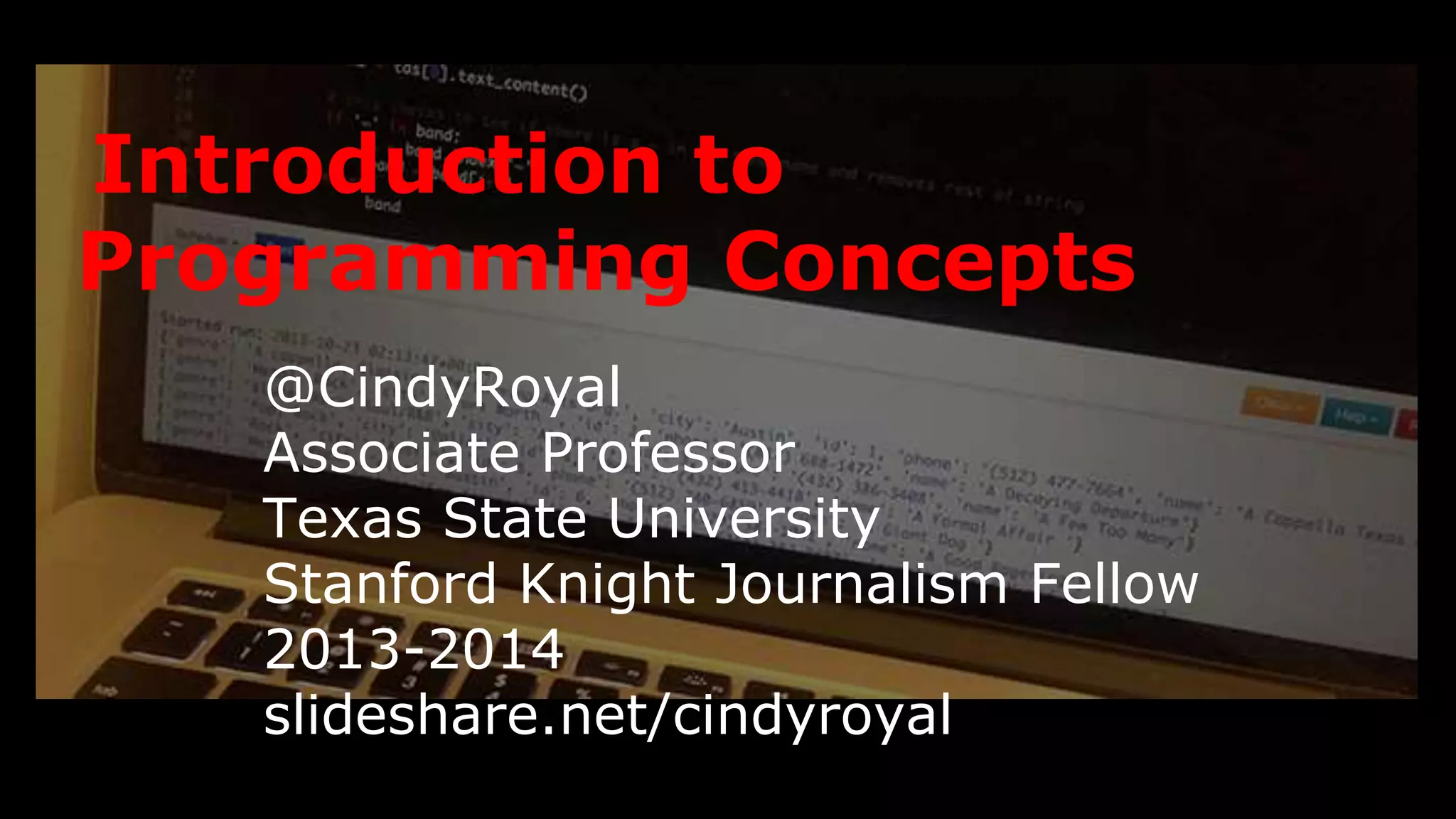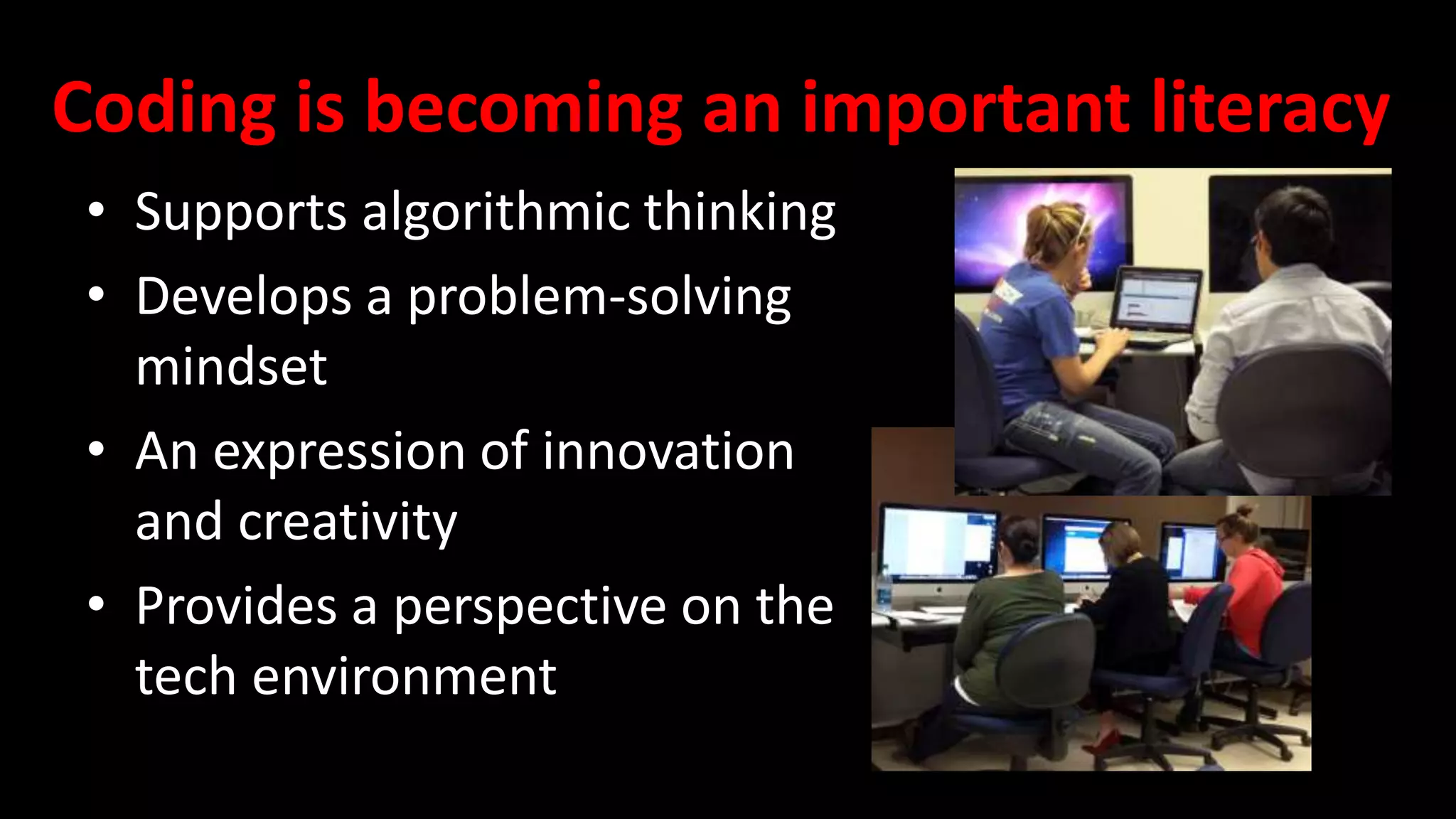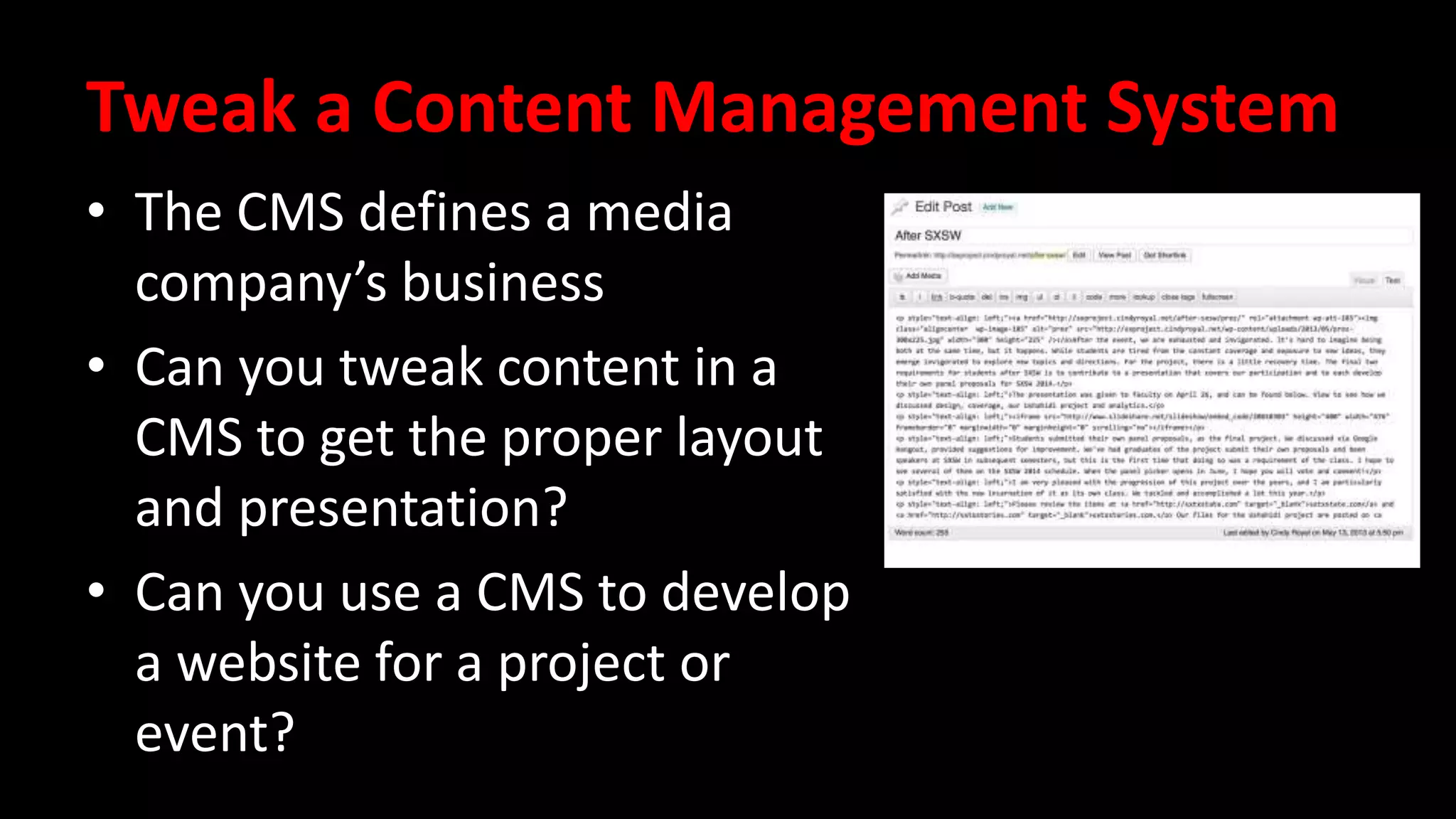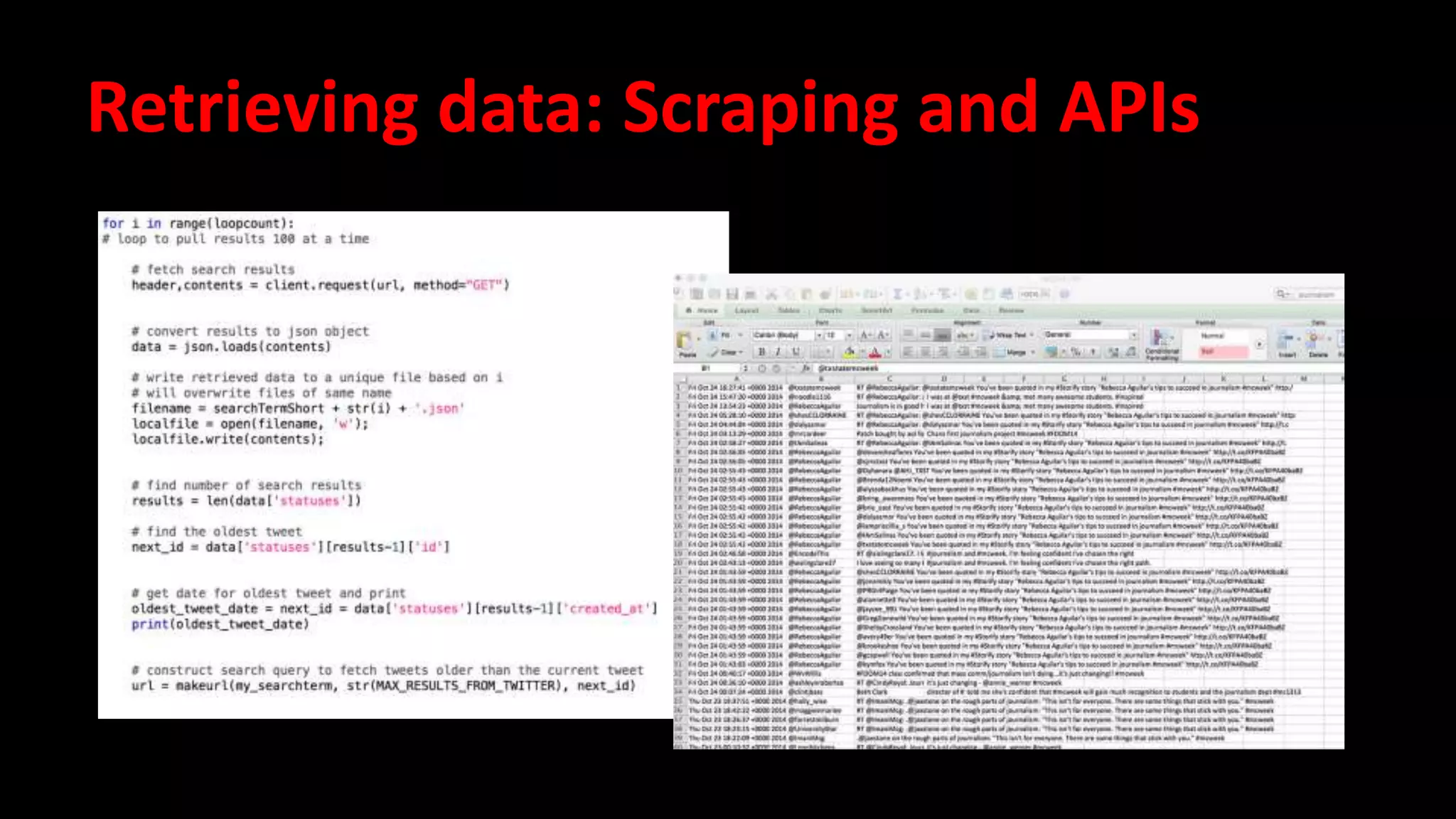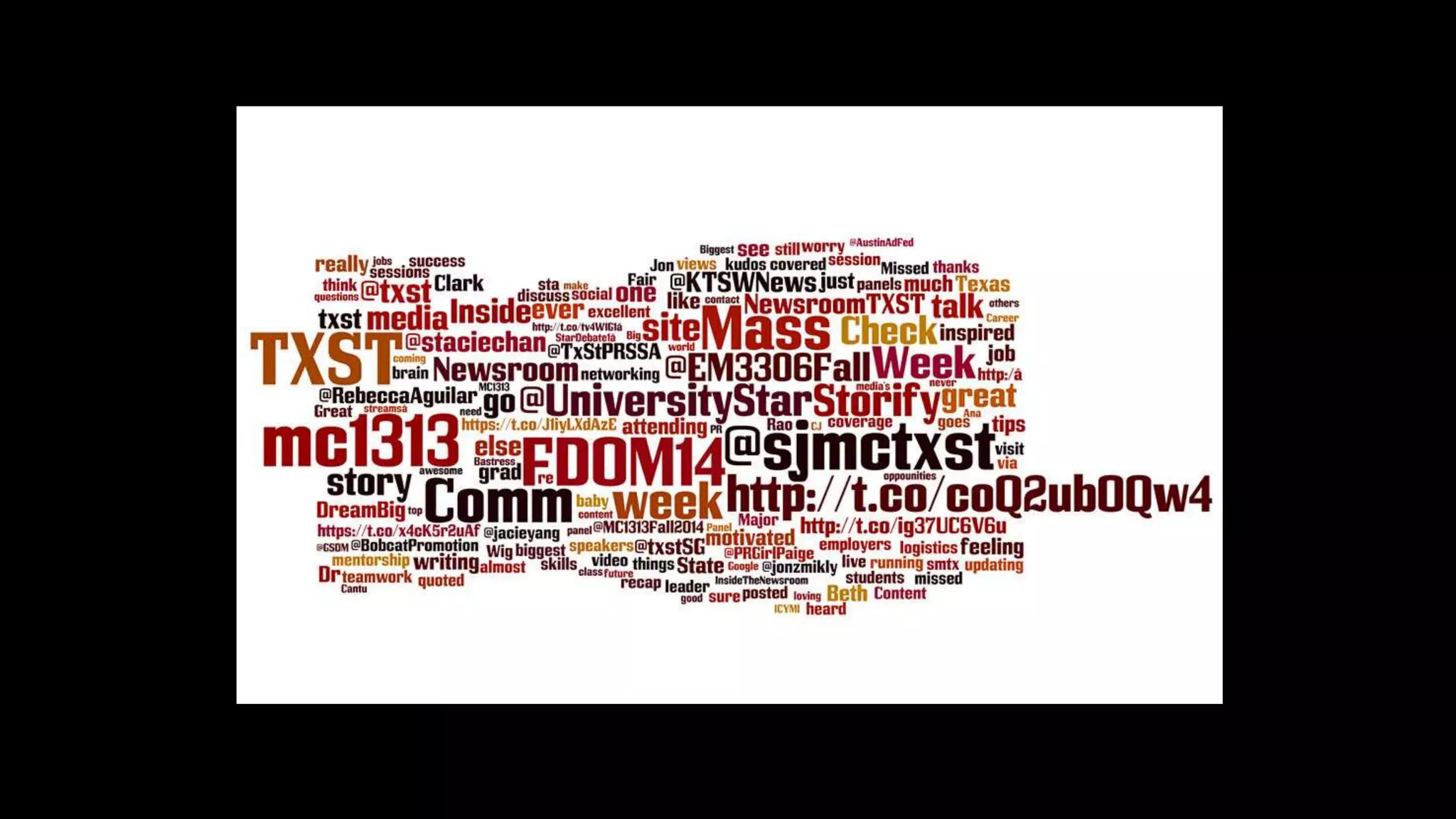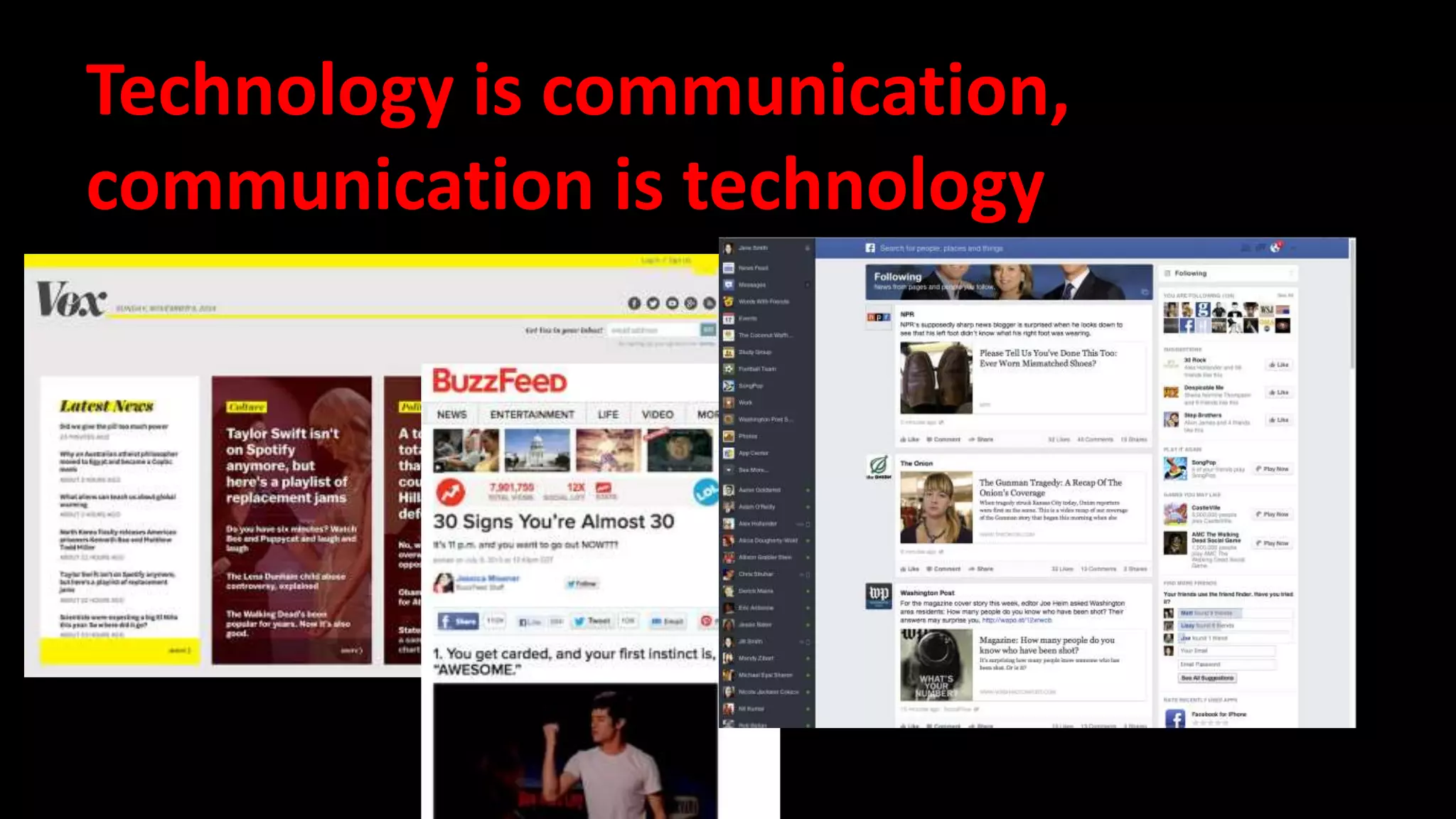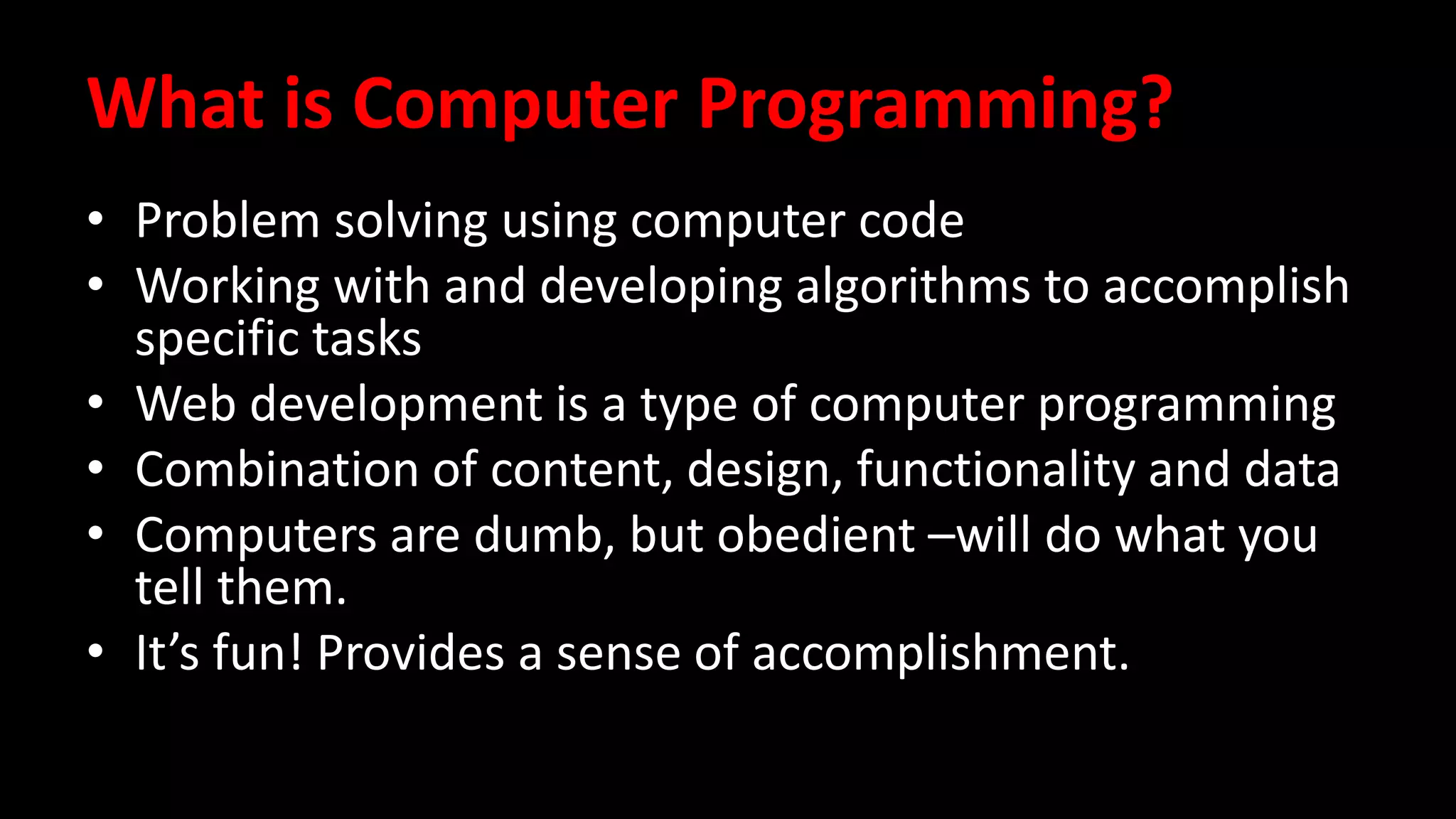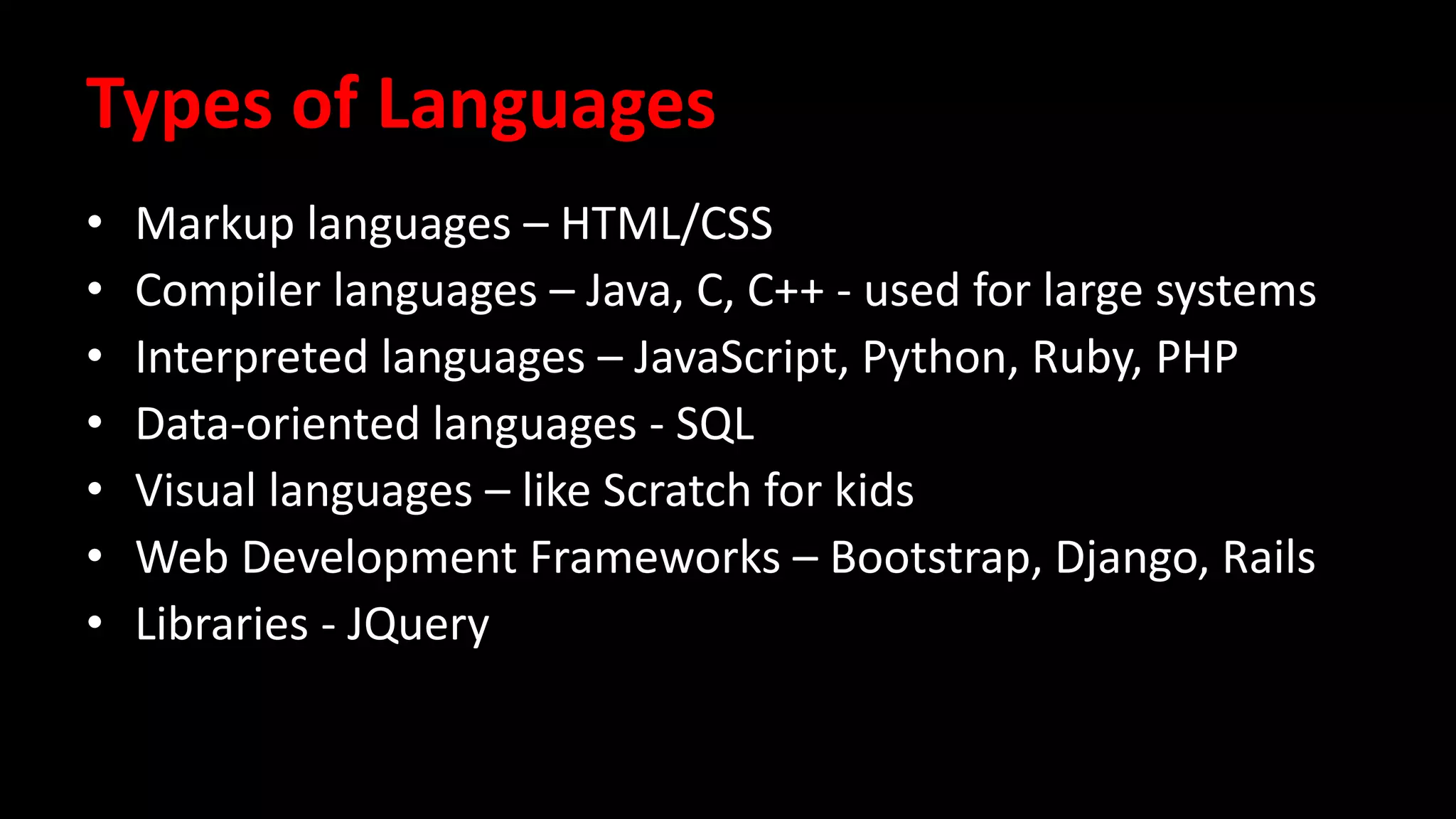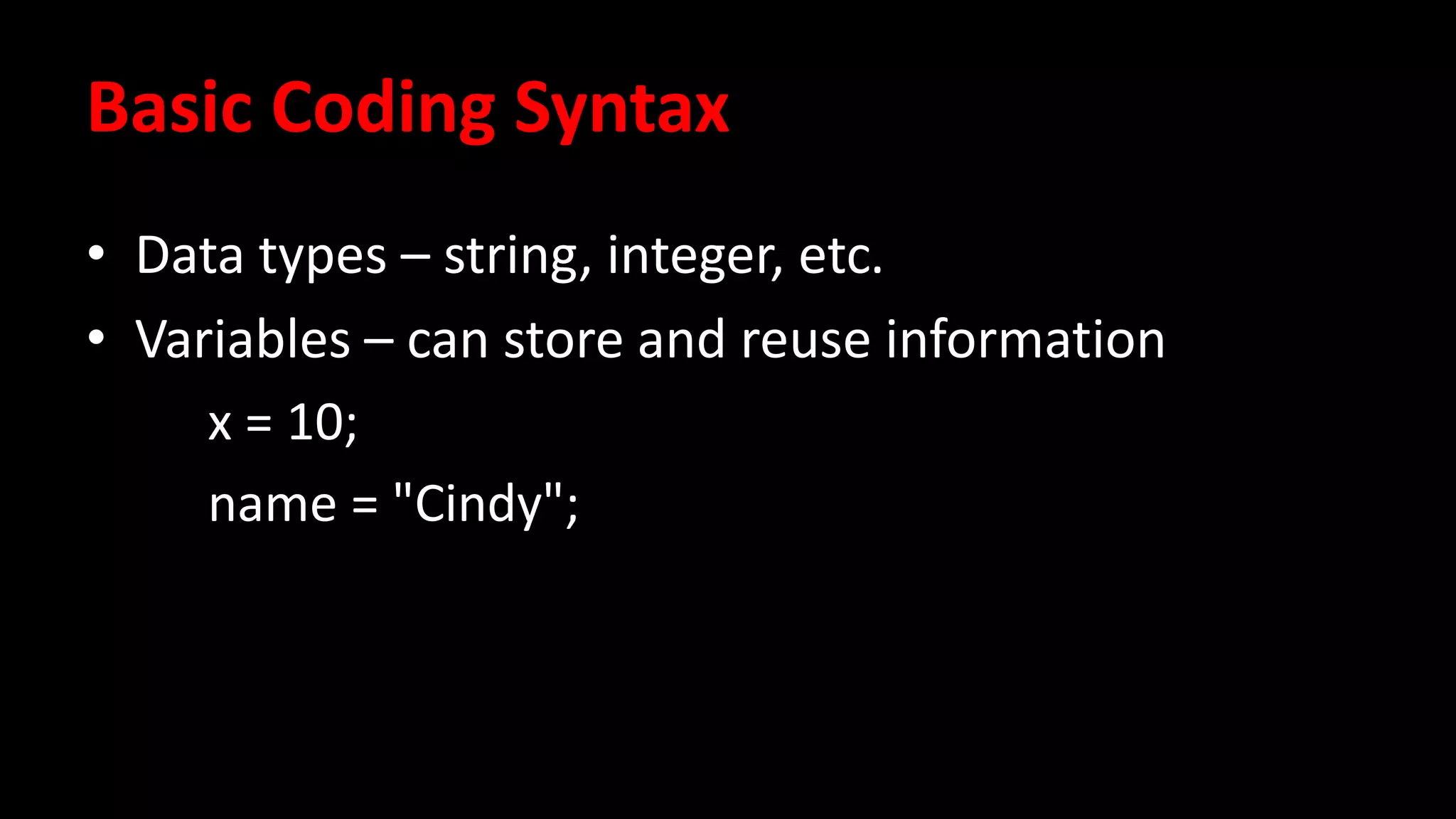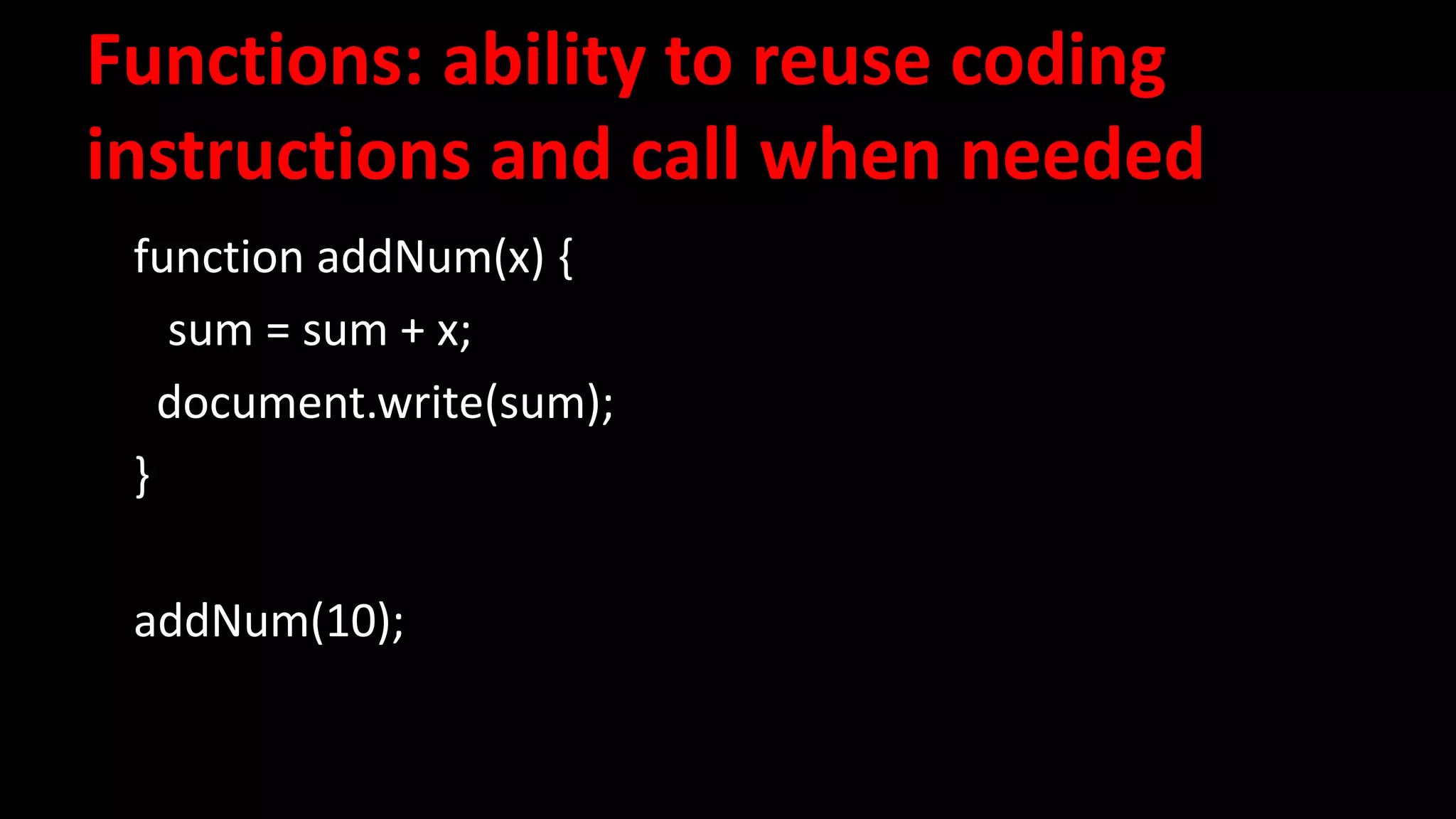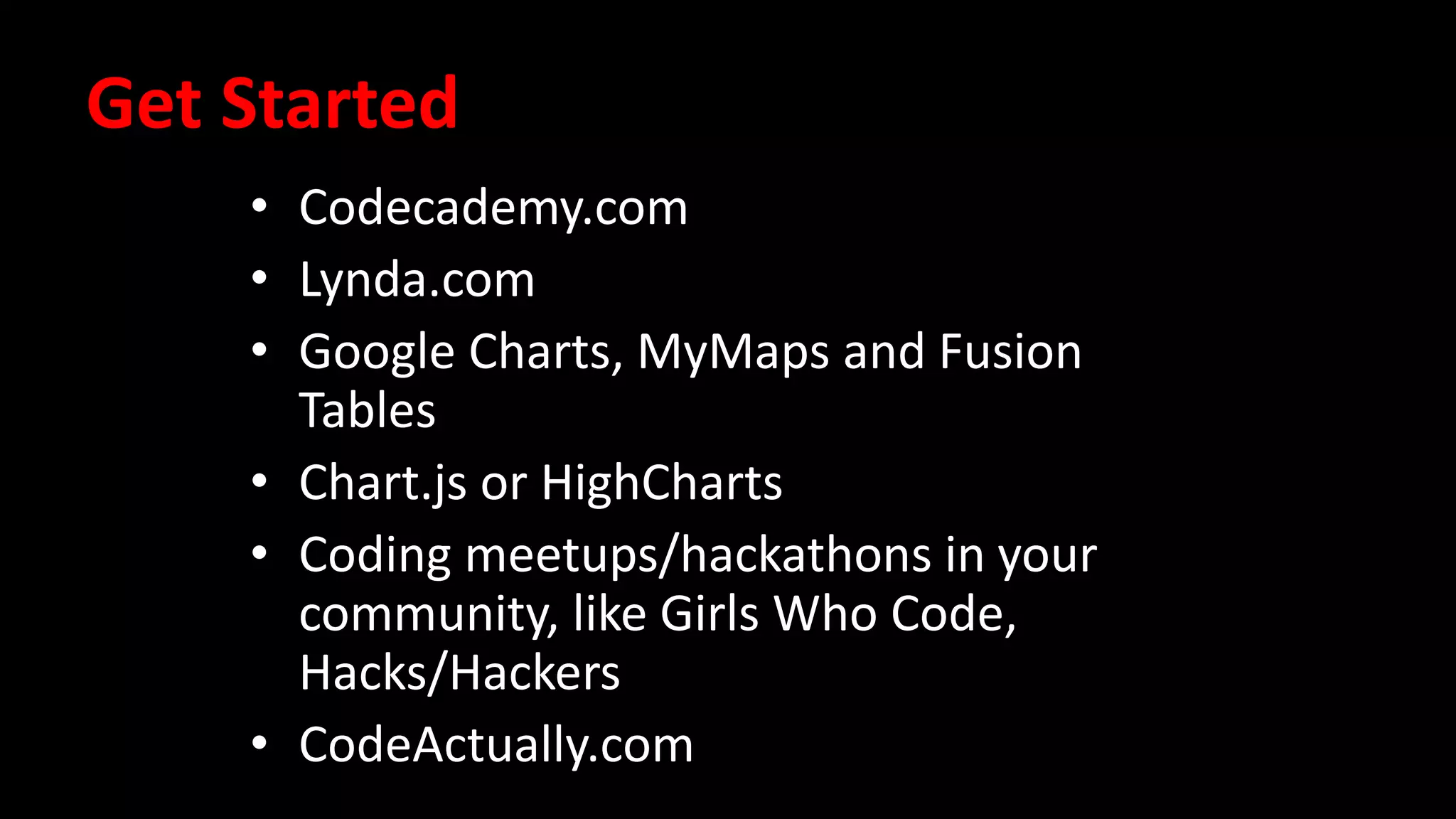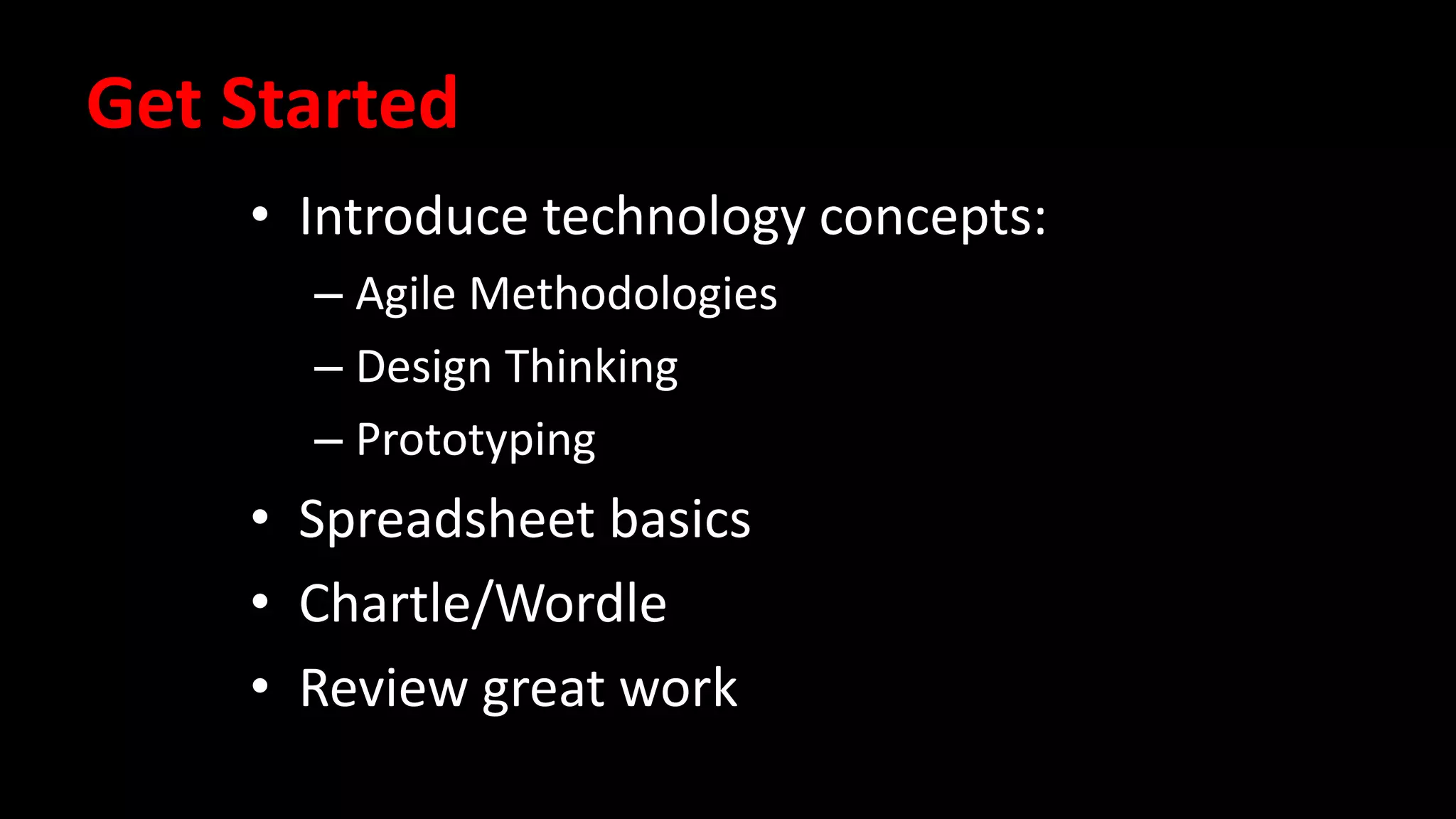This document introduces programming concepts for non-programmers. It discusses how coding is becoming an important literacy that supports problem-solving and innovation. It also overview types of programming languages and basic syntax for HTML, CSS, and JavaScript. The document encourages getting started with coding through free online resources and coding meetups. It suggests introducing related tech concepts like agile methodologies and prototyping to non-technical audiences.
